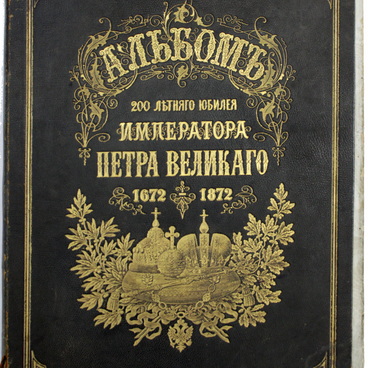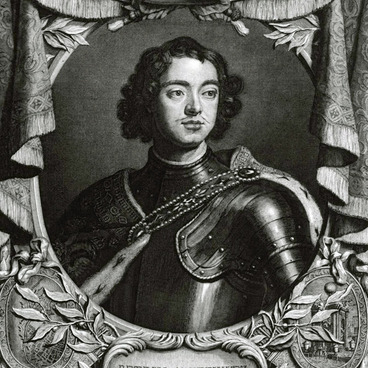The painter, decorator and miniaturist, Louis Caravaque was born in 1684 in Marseille and was a third-generation artist.
In 1715, during his stay in Paris, Ivan (Jean) Isayevich Lefort became interested in the artist’s work. Sent to France to establish trade relations with Russia, he was also engaged in hiring artists to serve at the Russian court. Even though most contracts were soon terminated, he managed to find and strike deals with the sculptor Carlo Rastrelli, the architect Le Gendre and other prominent figures of that era.
Having signed a three-year contract, Caravaque moved to St. Petersburg in 1716. In his “Dictionary of Artists Who Painted in the Imperial Palaces in the 18th Century”, art critic and art historian Alexander Uspensky quoted excerpts from the contract. According to the contract, the artist was obliged to create oil paintings and miniatures of various genres, as well as to teach his craft to those chosen by the tsar.
Louis Caravaque remained in Russia until his death in 1754. He lived in St. Petersburg and for some time in Moscow. He painted battle canvases, icons for Russian churches, plafonds for royal residences, and created cardboards and drawings, which were used to make tapestries, embroidery and commemorative medals. He also engaged in decorative work. Following the example of European schools, he required his students to practice drawing nudes and copying classical paintings.
Caravaque became famous for his portraits of royal figures. He made several portraits of Peter the Great and was a chamberlain during the reign of Anna Ioannovna, Anna Leopoldovna and Elizabeth Petrovna. Contemporaries noted that his portraits were very true to life.
The original portraits of Peter I created by Louis Caravaque were lost, however, the engravings that were made on their basis by the Genevan engraver Pierre Soubeyrand exist to this day.
Soubeyran received his first
graphic training in Geneva from Daniel Gardelle and continued his studies in Paris, taking lessons from
the Prussian engraver and draftsman Georg Friedrich Schmidt. He was considered
one of the best etchers of his time.


